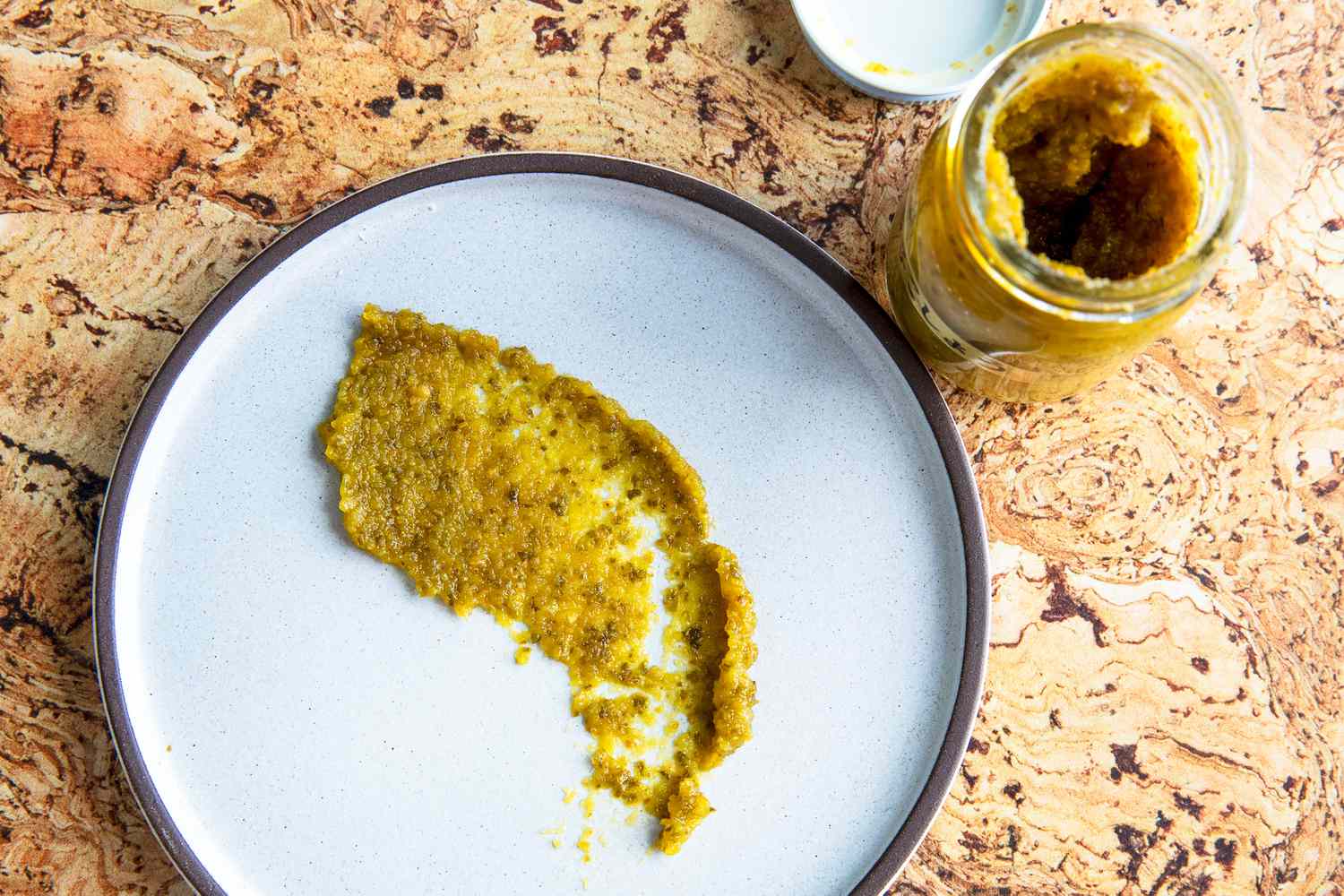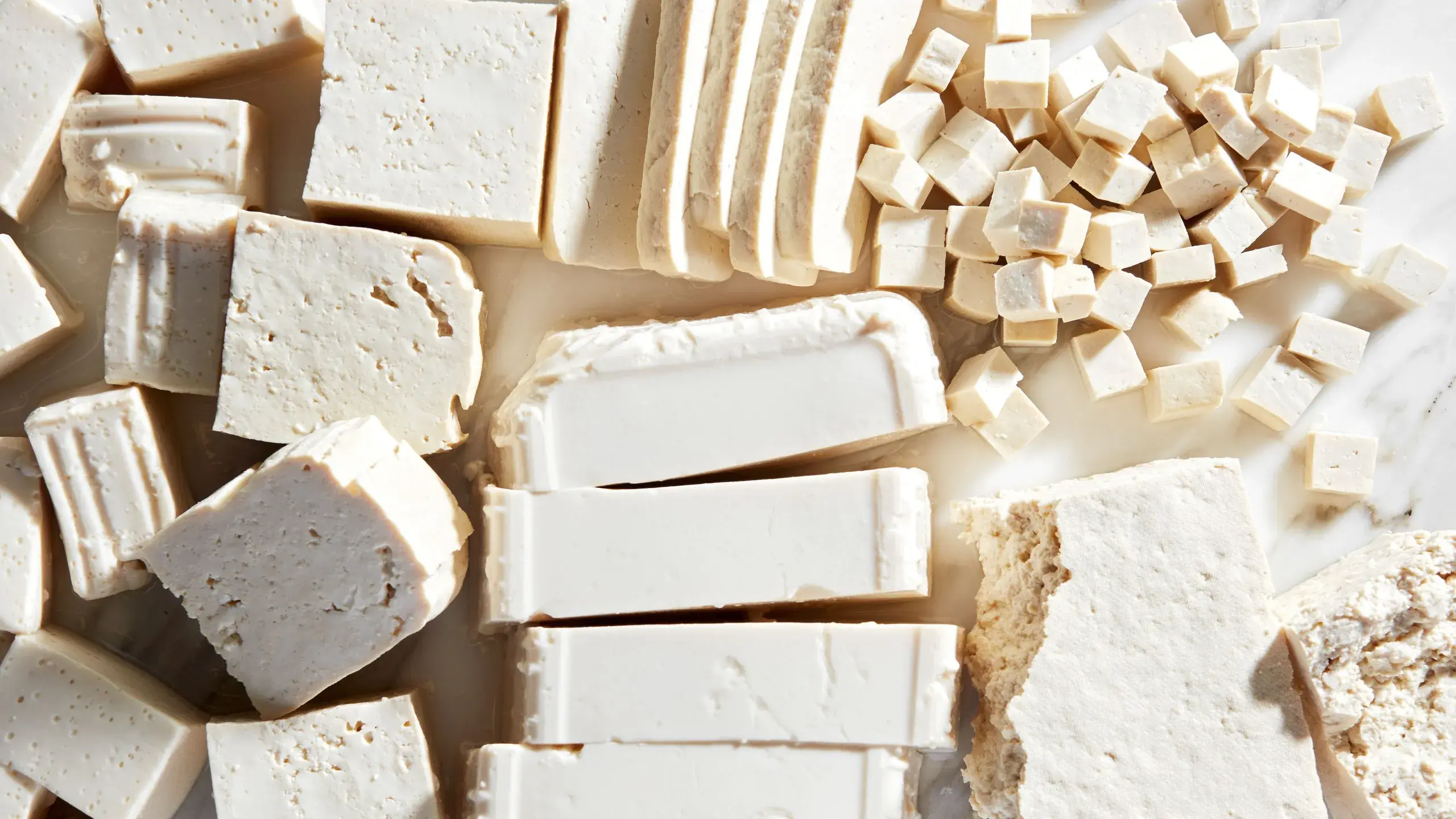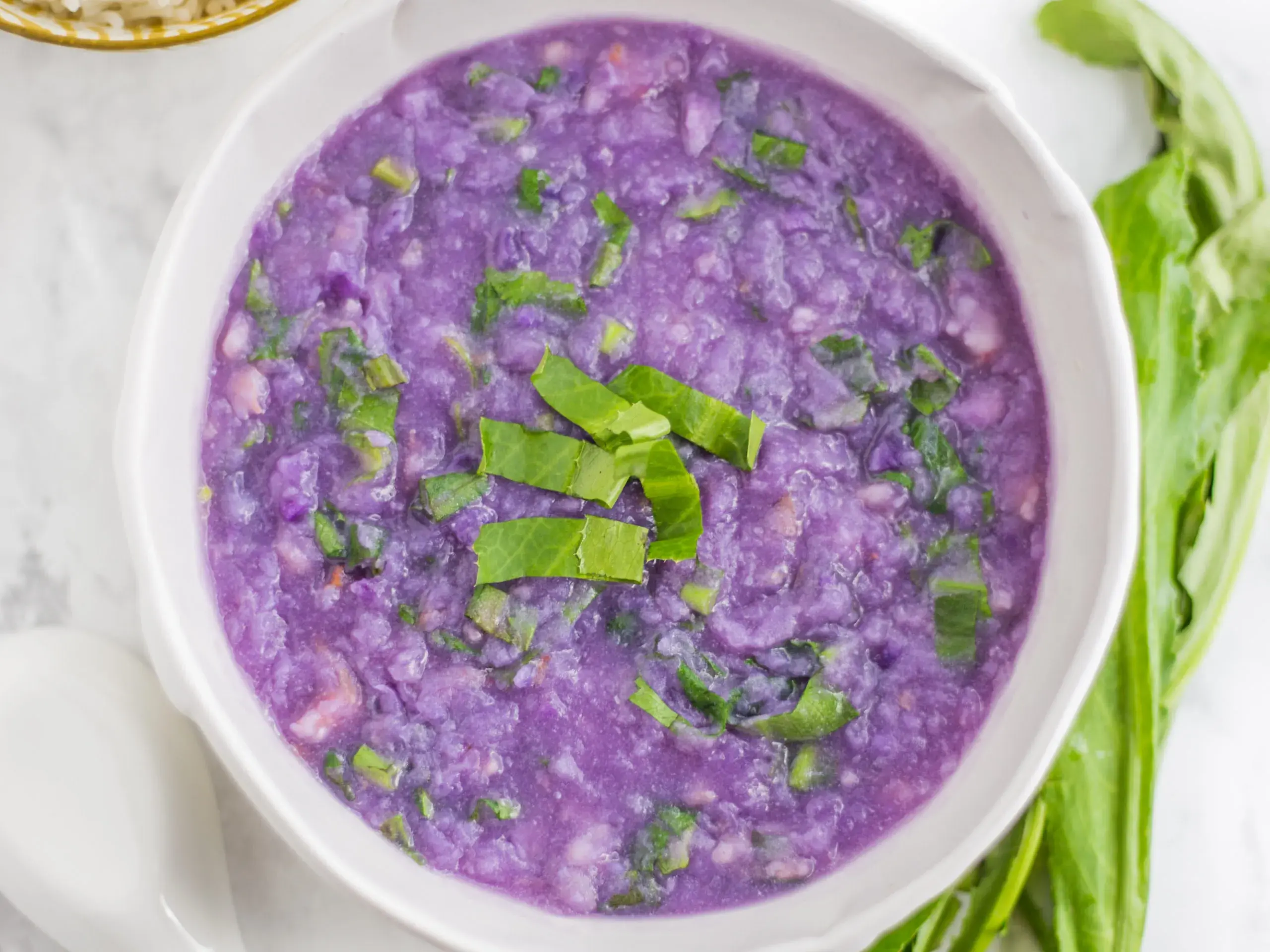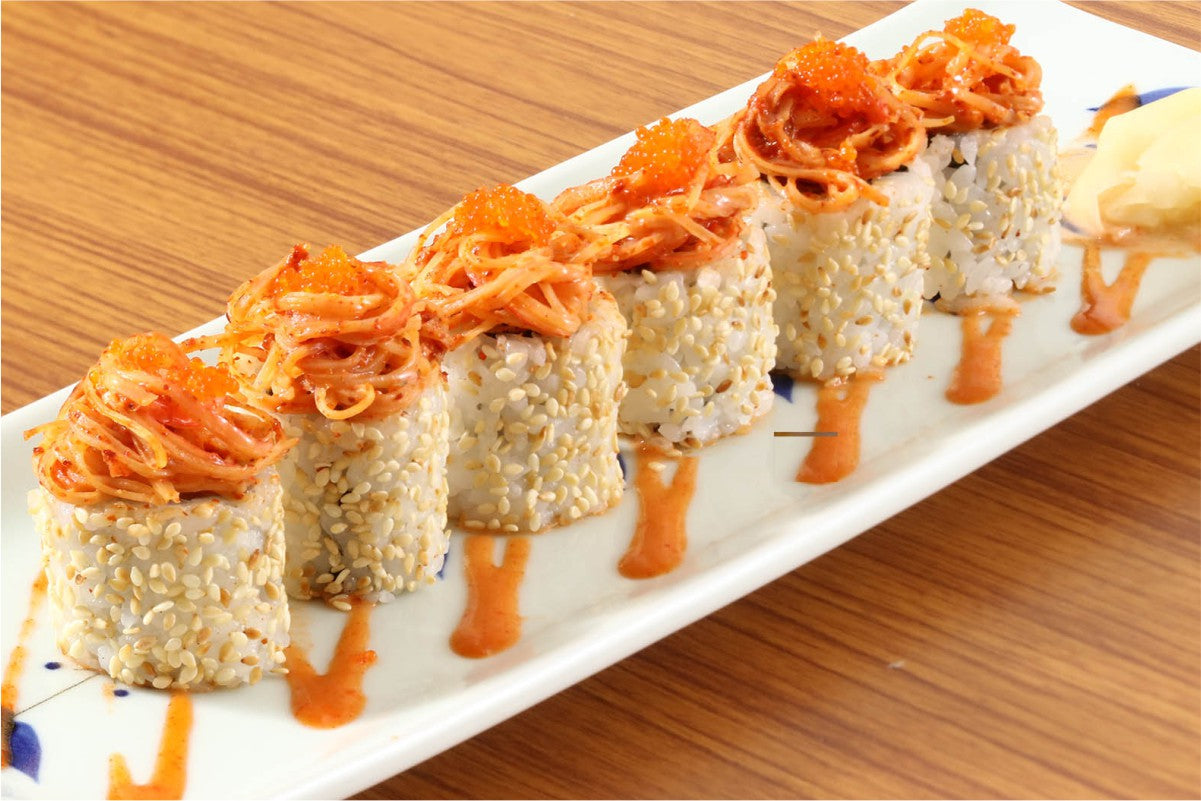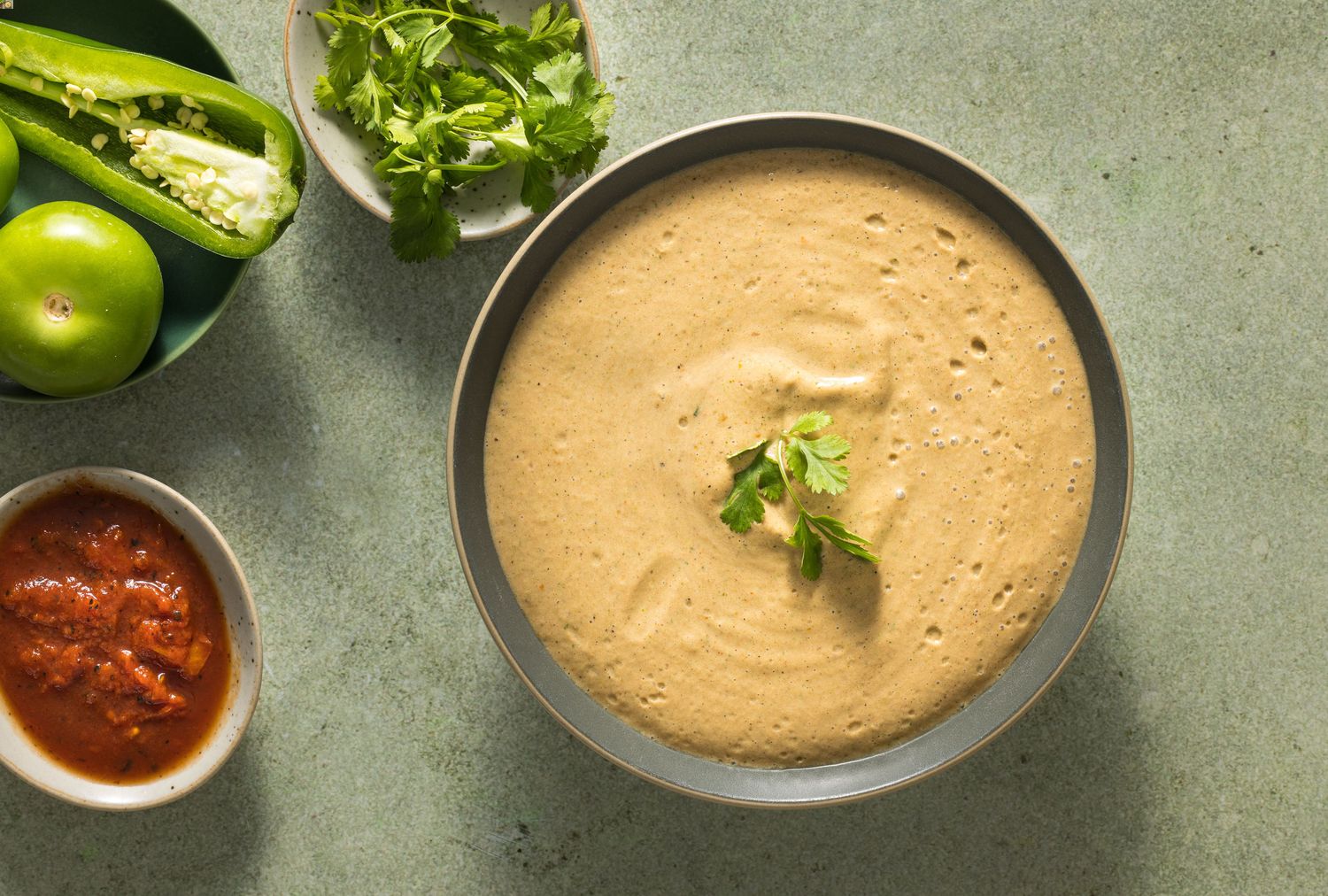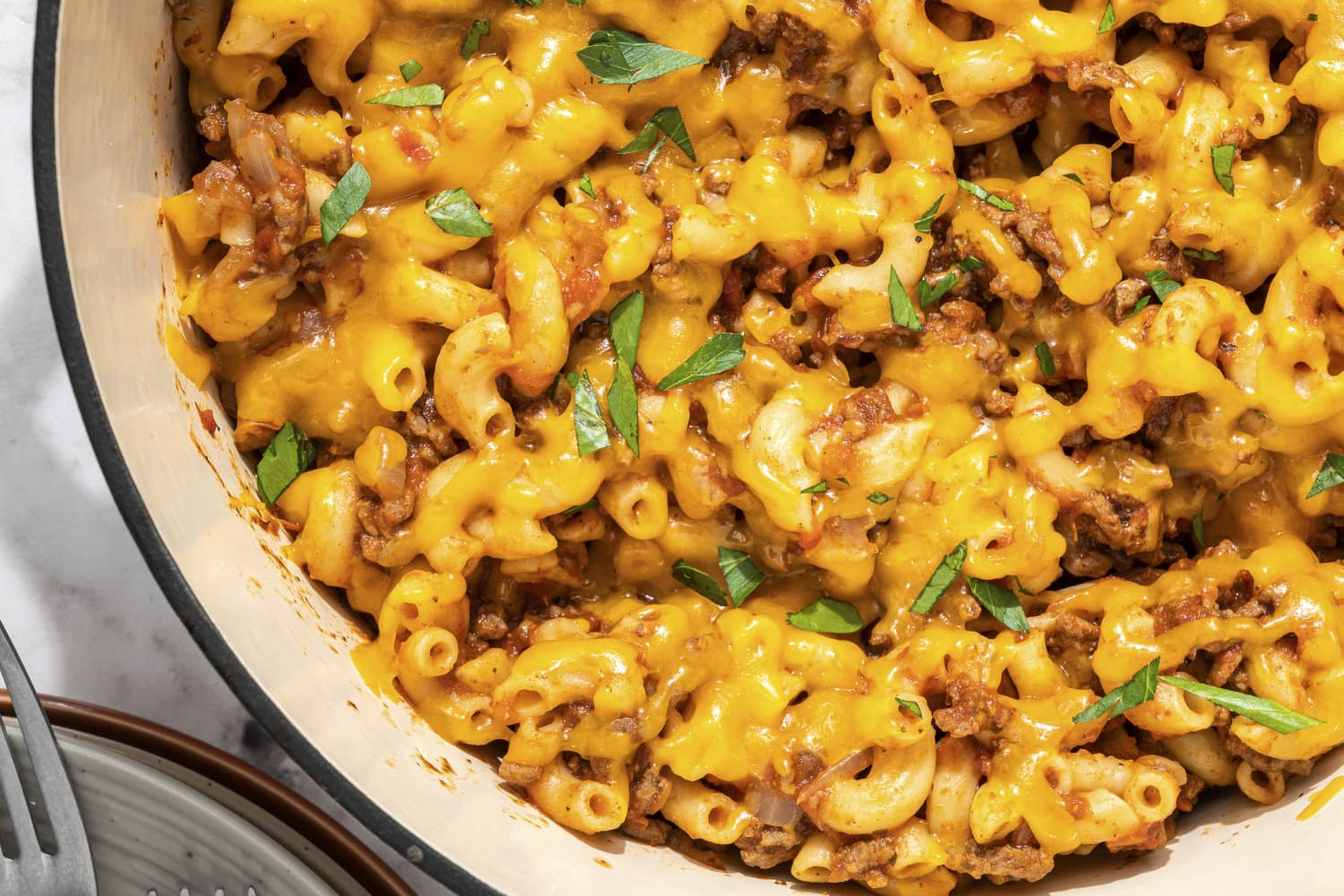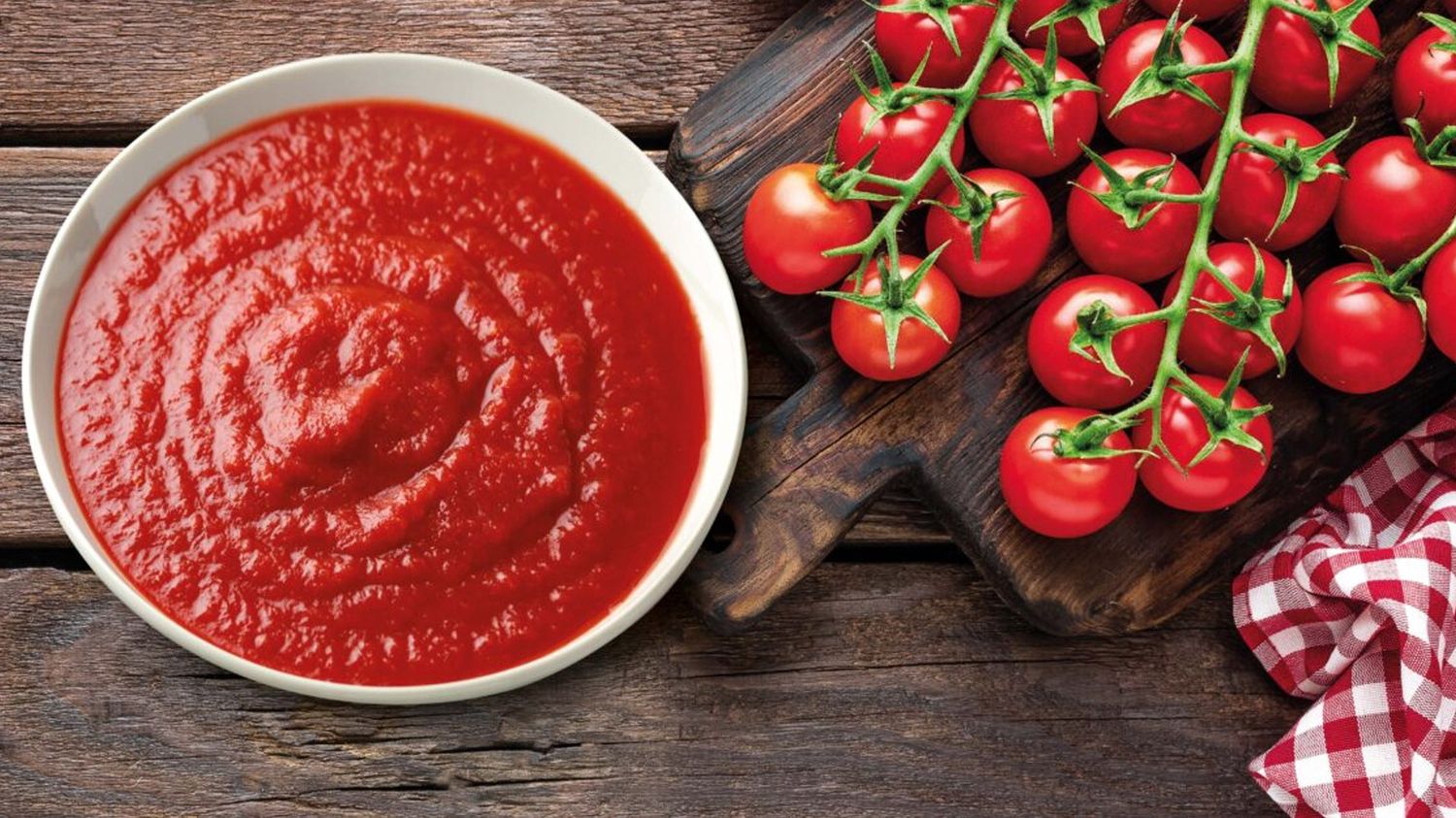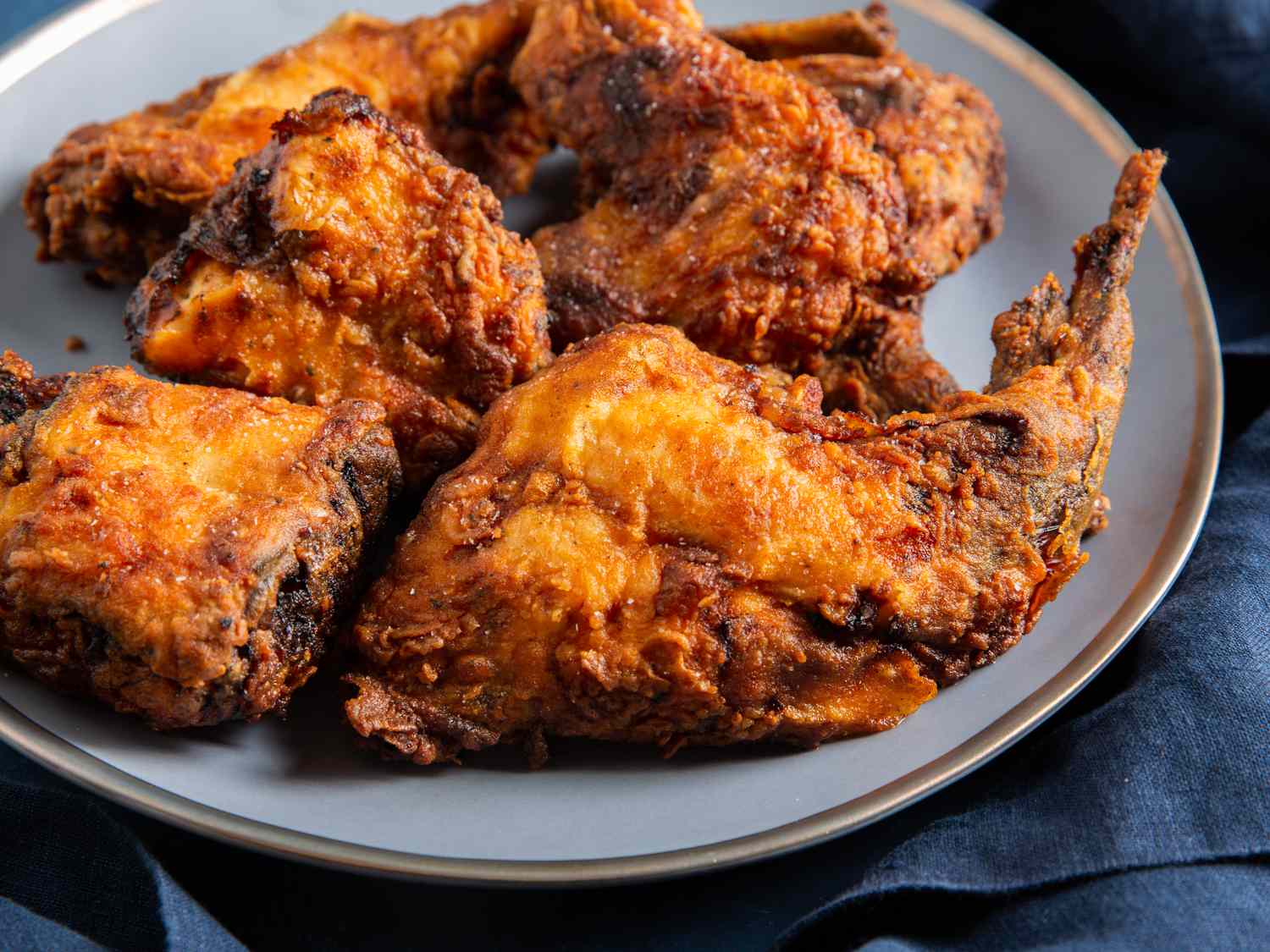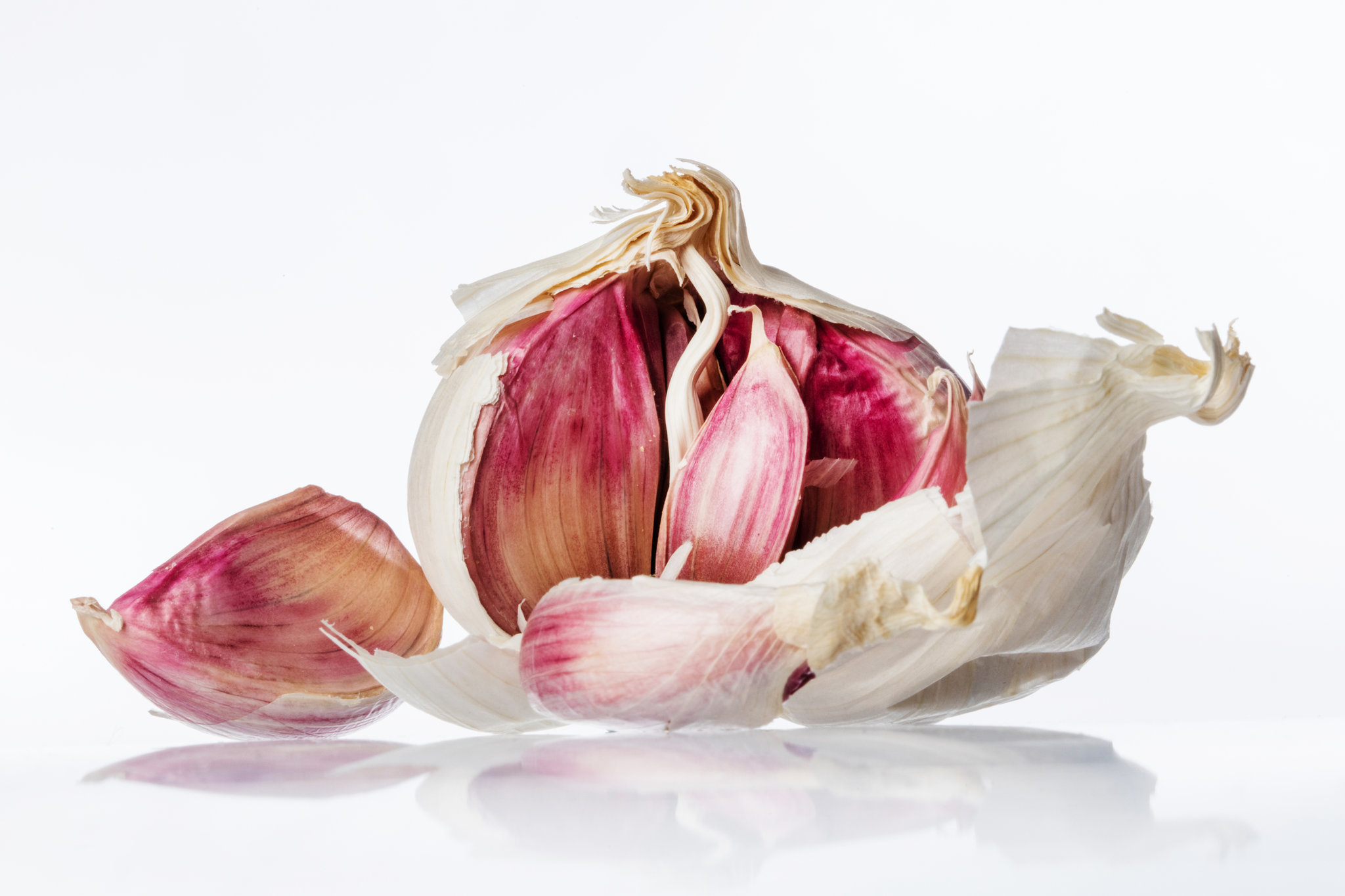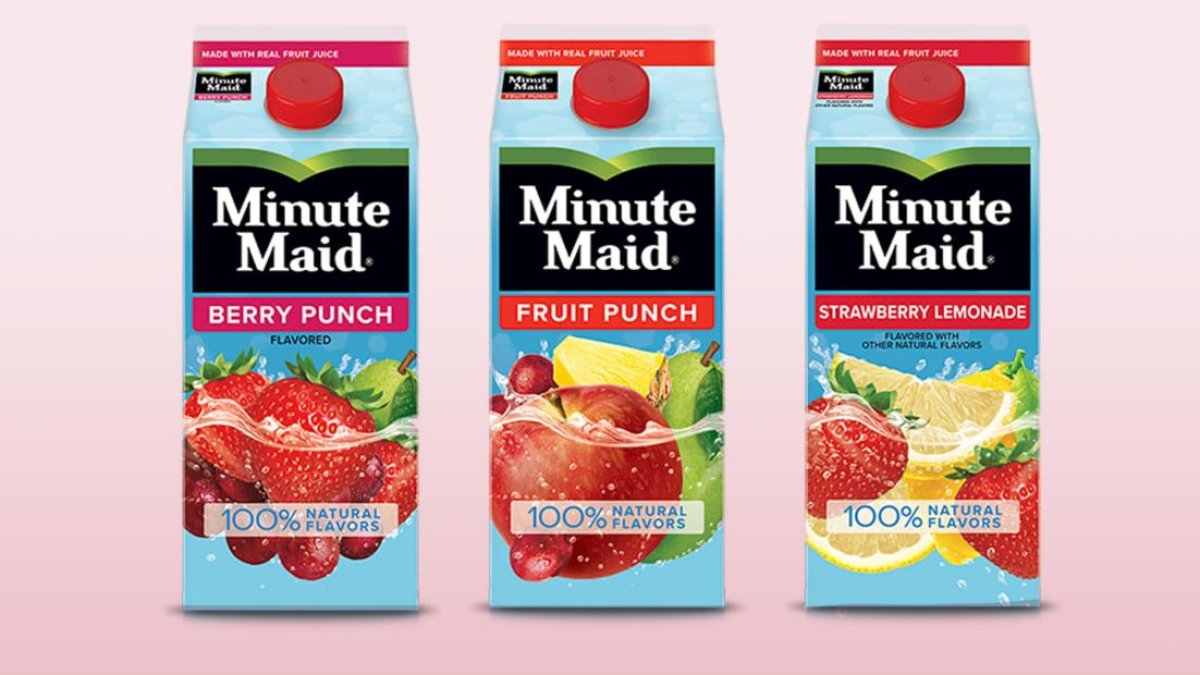Understanding the Art of Reducing in Cooking
Reducing in cooking is a fundamental technique that plays a crucial role in creating rich and flavorful dishes. Whether you are a seasoned chef or a novice cook, understanding the concept of reducing can elevate your culinary skills to new heights. So, what exactly is reducing in cooking and how does it work?
What Is Reducing?
Reducing in cooking refers to the process of simmering or boiling a liquid to evaporate the water content, thereby concentrating the flavors and thickening the consistency. This technique is commonly used to create sauces, gravies, and soups with intense flavors and a luscious texture.
How Does Reducing Work?
When you heat a liquid and allow it to simmer or boil, the water content starts to evaporate, leaving behind a more concentrated mixture. As the liquid reduces, the flavors become more pronounced, resulting in a deeper and richer taste. Additionally, the reduction process can also thicken the liquid, giving it a luxurious and velvety texture.
Benefits of Reducing in Cooking
The process of reducing offers several benefits that can enhance the overall quality of your dishes:
- Intensified Flavors: By reducing the liquid, you concentrate the flavors, resulting in a more robust and complex taste profile.
- Thicker Consistency: Reducing can thicken sauces and gravies, giving them a luxurious and velvety texture that coats the ingredients beautifully.
- Enhanced Aroma: As the liquid reduces, the aromas become more pronounced, adding an enticing olfactory dimension to your dish.
- Improved Visual Appeal: Reduced sauces often have a glossy and visually appealing appearance, elevating the overall presentation of the dish.
Common Applications of Reducing
Reducing is a versatile technique that can be applied to a wide range of dishes. Some common applications of reducing in cooking include:
- Creating rich and flavorful pan sauces to accompany meats and poultry.
- Preparing luscious reductions for drizzling over grilled vegetables or seafood.
- Developing thick and velvety gravies to pair with roasted meats and mashed potatoes.
- Simmering soups and stews to intensify their flavors and create a heartier consistency.
Tips for Successful Reducing
While reducing is a relatively simple technique, there are a few tips that can help you achieve the best results:
- Use a Wide Pan: A wide pan provides a larger surface area for evaporation, allowing the liquid to reduce more quickly and evenly.
- Monitor Heat Carefully: Avoid high heat, as it can cause the liquid to reduce too rapidly and potentially burn. Opt for a gentle simmer to control the reduction process.
- Stir Occasionally: Stirring the liquid occasionally can help prevent it from sticking to the bottom of the pan and ensure even reduction.
- Patience is Key: Reducing takes time, so be patient and allow the flavors to concentrate gradually for the best results.
In Conclusion
Reducing is a fundamental technique in the culinary world that can elevate the flavors, textures, and overall appeal of your dishes. By understanding the art of reducing and mastering this technique, you can create restaurant-quality sauces, gravies, and soups in the comfort of your own kitchen. So, the next time you’re cooking up a storm, consider harnessing the power of reducing to take your dishes to the next level.
Was this page helpful?
Read Next: What Is Considered A White Fruit?
